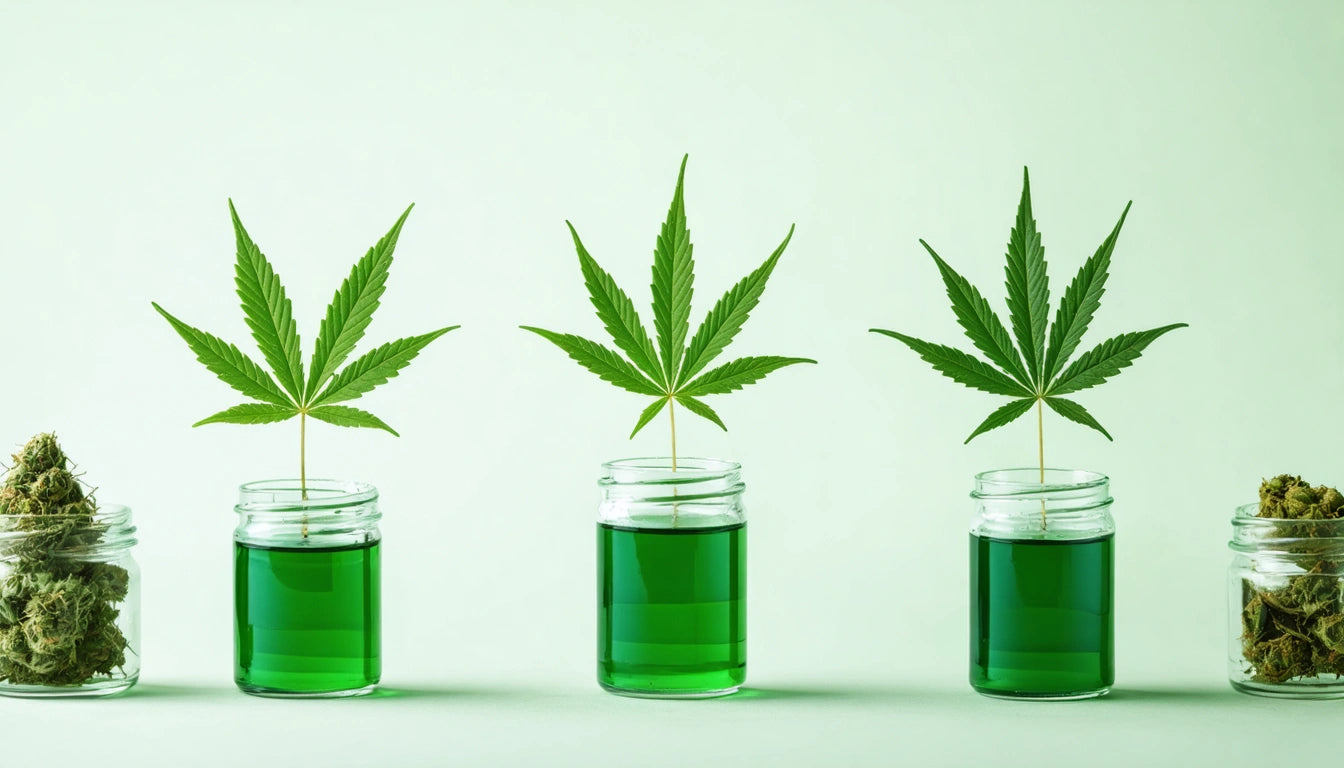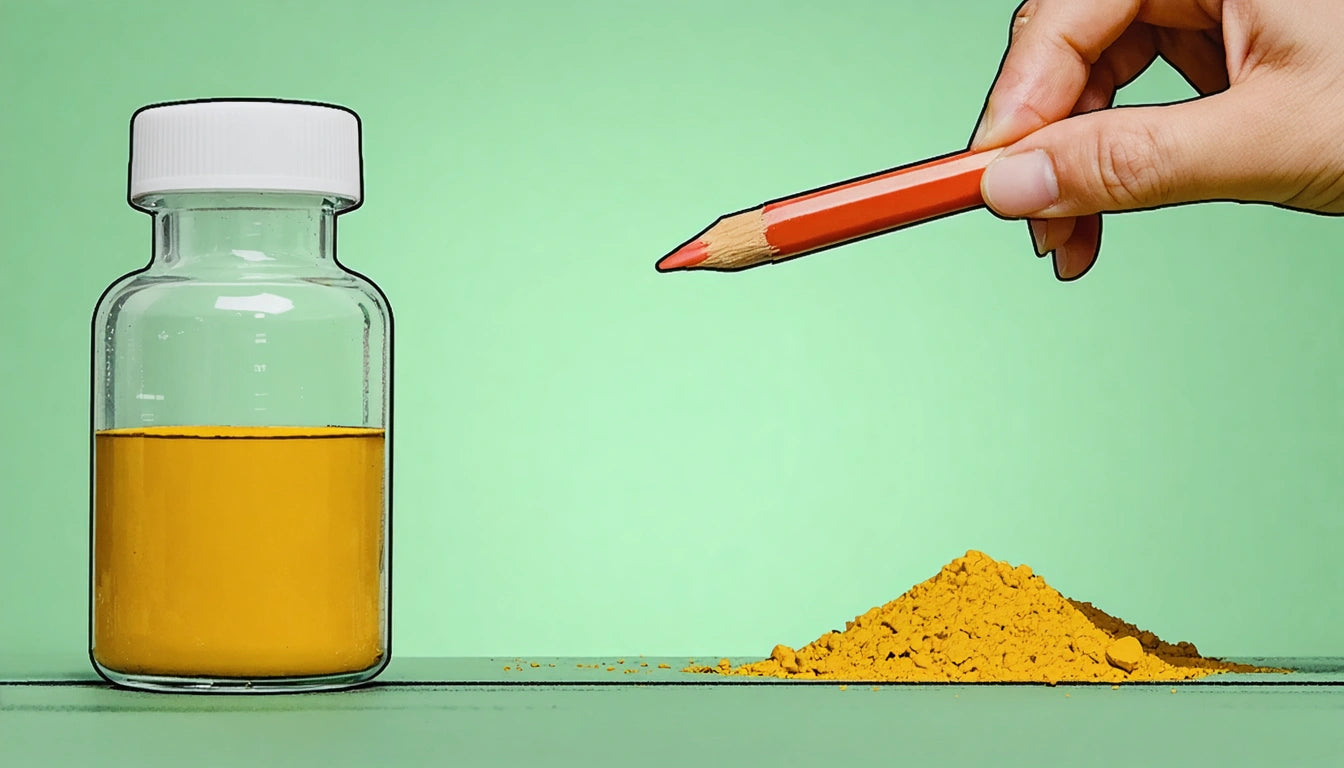Table of Contents
Understanding Cannabis Plant Growth: Leaf Count, Yield, and Cultivation Essentials
Cannabis cultivation requires understanding plant biology, growth patterns, and yield potential. Whether you're a commercial grower or home cultivator, knowing how many leaves a cannabis plant has and how much it can yield provides valuable insights for optimizing your growing operation.
Cannabis Leaf Count Basics: Understanding Plant Structure
A mature cannabis plant typically develops between 5-13 large fan leaves during its vegetative stage, though this number varies significantly based on strain genetics and growing conditions. These iconic serrated leaves are what most people recognize as marijuana leaves. However, the total leaf count on a cannabis plant includes many smaller sugar leaves and can range from dozens to hundreds across the entire plant.
Cannabis leaves serve crucial functions:
- Photosynthesis for energy production
- Transpiration to regulate temperature
- Storage of nutrients and water
- Protection of developing buds
The number of leaflets per leaf also varies. While seedlings start with single-fingered leaves, mature fan leaves typically display 5-9 leaflets in a palmate arrangement, with some strains developing up to 13 leaflets per leaf. This variation in how many leaves does marijuana have is influenced by both genetics and environmental conditions.
Factors Influencing Leaf Development in Cannabis
Genetic Factors
Different cannabis varieties display distinctive leaf characteristics:
- Indica strains: Typically feature broader leaves with wider leaflets
- Sativa strains: Generally produce narrower leaves with slender leaflets
- Hybrid varieties: Display intermediate leaf characteristics
These genetic differences affect how many leaves a female cannabis plant has compared to males. Female plants often develop more complex foliage to support flower production.
Environmental Influences
Environmental conditions significantly impact leaf development:
- Light intensity and duration
- Temperature fluctuations
- Humidity levels
- Nutrient availability
Plants receiving optimal light typically develop more robust foliage. When using artificial lighting, growers must consider how many watts per cannabis plant are needed, with commercial operations often providing 30-50 watts per square foot of canopy.
Cannabis Yield Expectations: How Much Does One Plant Produce?
Understanding how much cannabis per plant you can expect helps with planning and resource allocation. Yield varies dramatically based on multiple factors:
- Indoor grows: Typically yield 1-2 ounces (28-56 grams) per square foot of canopy
- Outdoor plants: Can produce 8-16 ounces (224-448 grams) or more per plant
- Commercial operations: Often target 1-2 pounds (453-907 grams) per plant with advanced techniques
When determining approximately how much marijuana is on each mature plant, consider that modern growing techniques like Sea of Green (SOG) or Screen of Green (SCROG) may sacrifice per-plant yield for overall growing efficiency and space utilization.
Growing Conditions and Their Impact on Yield
Lighting Requirements
Light is perhaps the most critical factor affecting cannabis yield:
- Insufficient light results in stretched, weak plants with poor bud development
- Optimal light intensity promotes dense, resinous flower formation
- Light spectrum influences plant morphology and cannabinoid production
For commercial operations, efficient cannabis production equipment and processing tools can significantly improve harvest handling and preparation, especially when dealing with large quantities of plant material.
Growing Medium and Nutrients
The growing medium and nutrient regimen directly impact plant health and productivity:
- Soil provides buffering capacity but may limit growth rate
- Hydroponic systems offer precise nutrient control for maximized growth
- Living soil with beneficial microorganisms can enhance plant resilience
Nutrient deficiencies often manifest in leaf discoloration or deformation, affecting both leaf count and overall yield potential.
Cultivation Best Practices for Maximizing Plant Health
Successful cannabis cultivation requires attention to legal compliance and plant health. Before starting, check how many cannabis plants you can legally grow in your state, as limits vary significantly across jurisdictions.
To optimize plant development and yield:
- Maintain consistent environmental conditions
- Implement strategic pruning and training techniques
- Monitor for pests and diseases regularly
- Adjust feeding schedules based on growth stage
- Harvest at peak maturity for maximum potency and yield
Advanced cultivation techniques like defoliation can seem counterintuitive but often increase yields by improving light penetration to lower bud sites. This strategic removal of select fan leaves demonstrates that understanding how many leaves does a cannabis plant have is not just about counting, but about optimizing the plant's energy allocation.
By mastering these cultivation essentials, growers can develop healthier plants with optimal leaf development and significantly improved yields, regardless of whether they're growing a single plant or managing a commercial operation.











Leave a comment
All comments are moderated before being published.
This site is protected by hCaptcha and the hCaptcha Privacy Policy and Terms of Service apply.